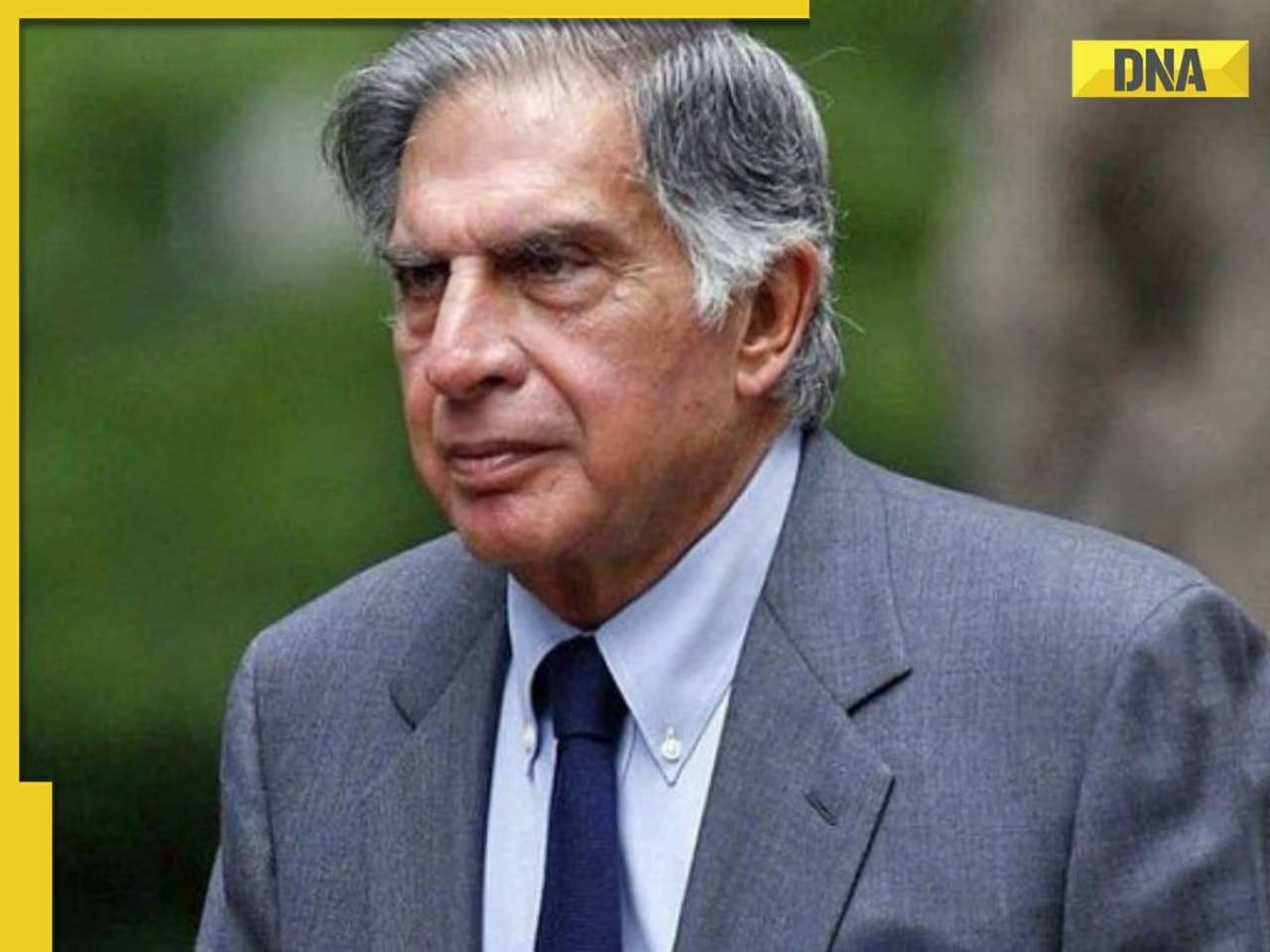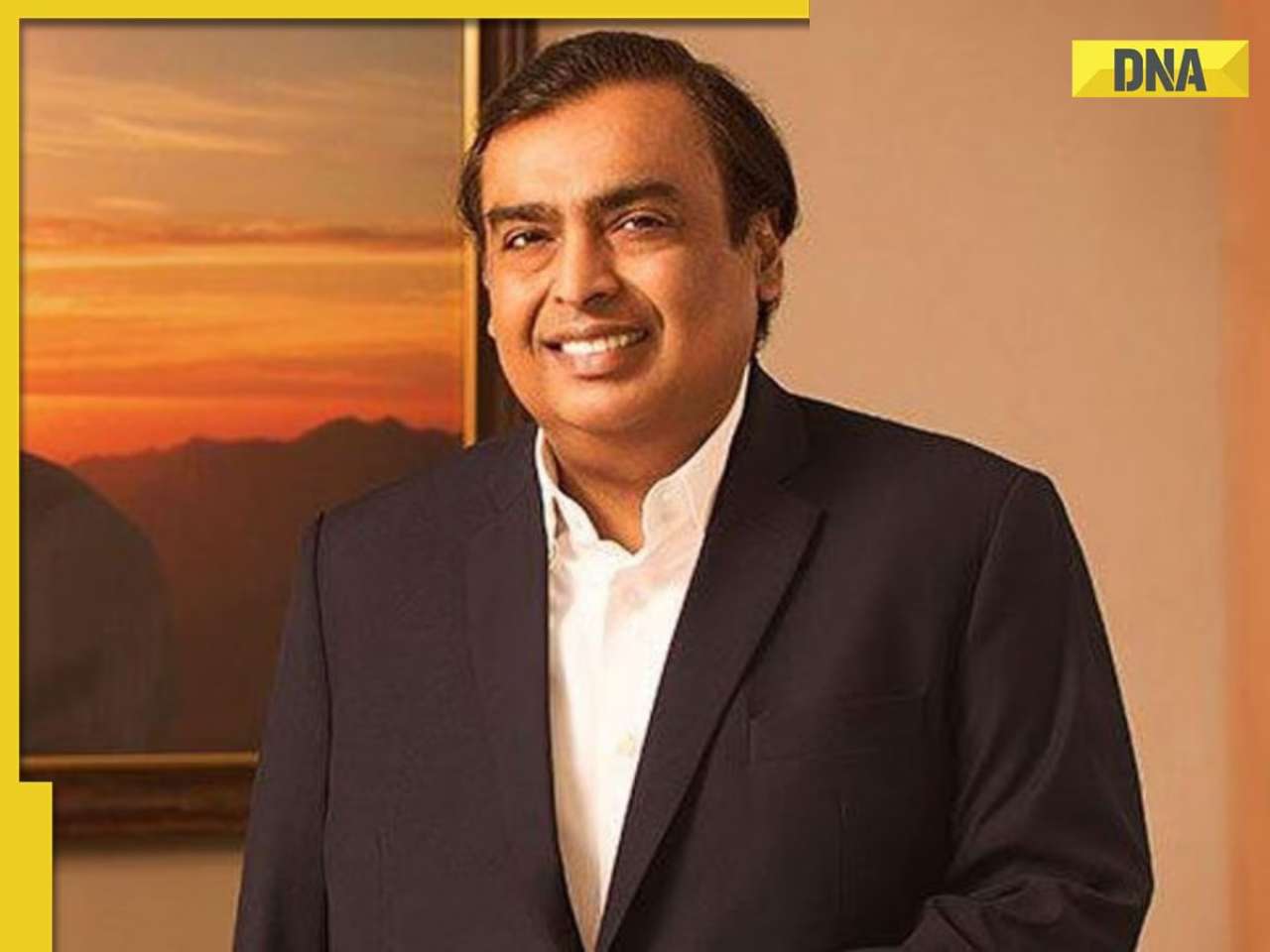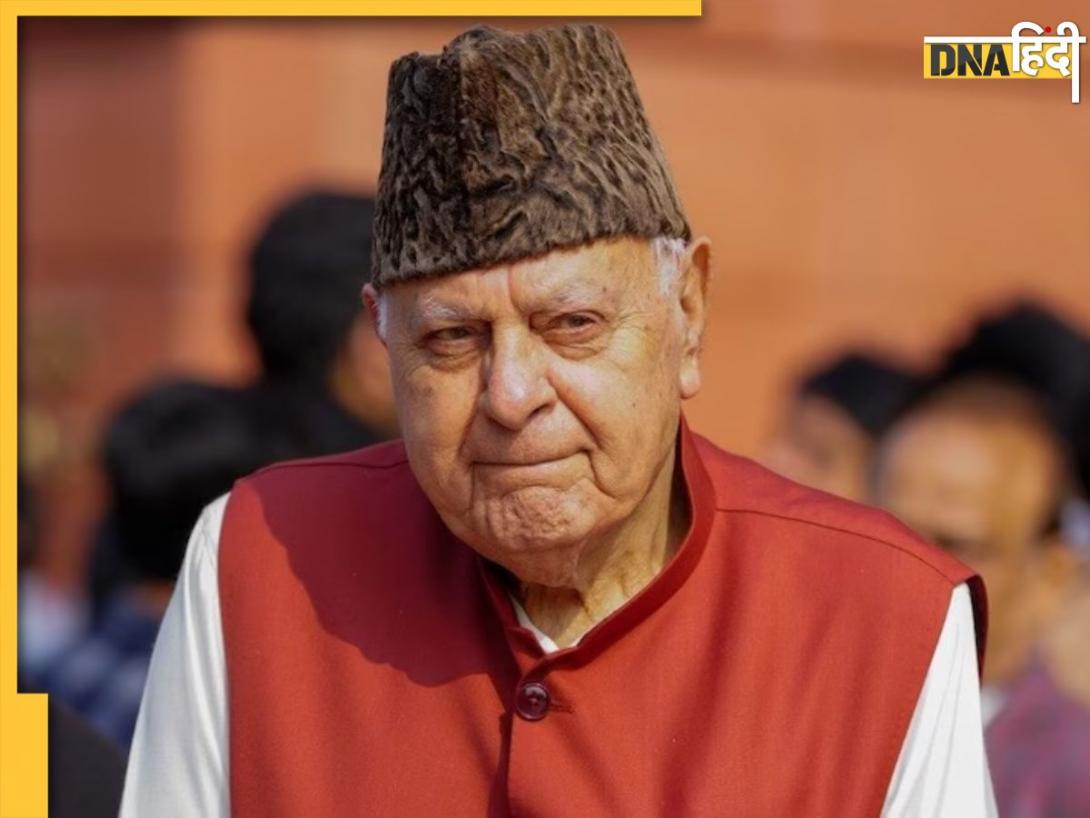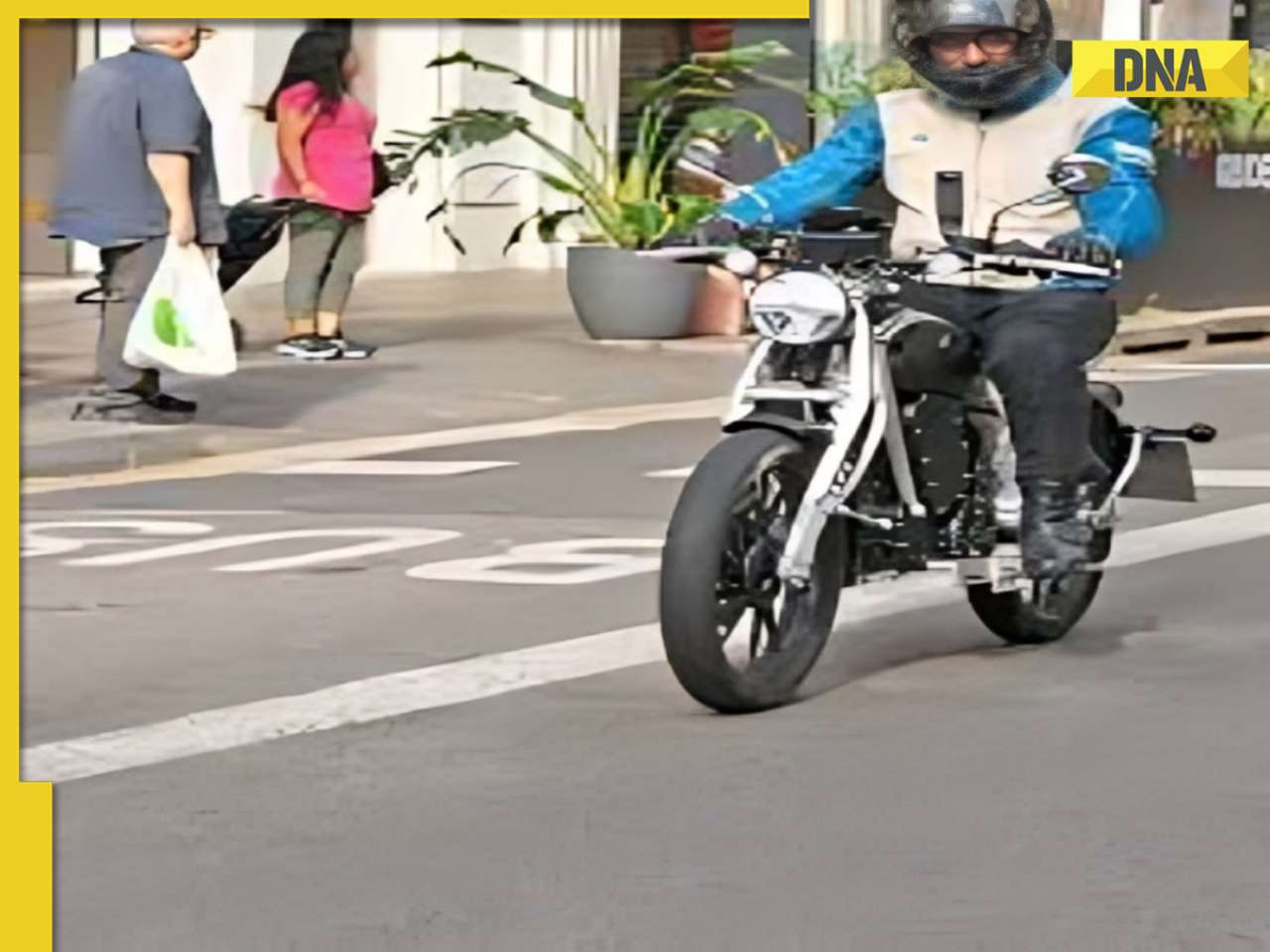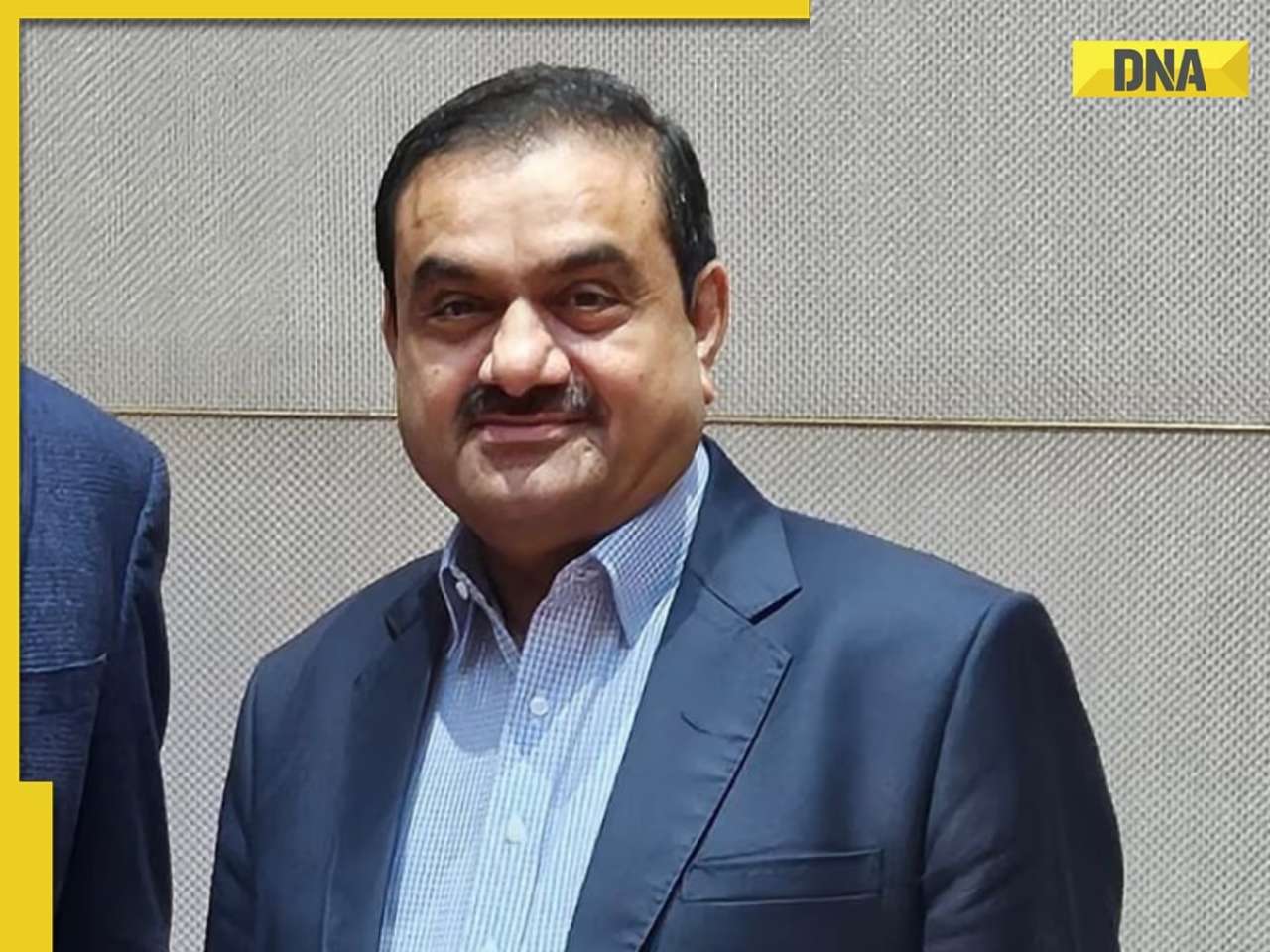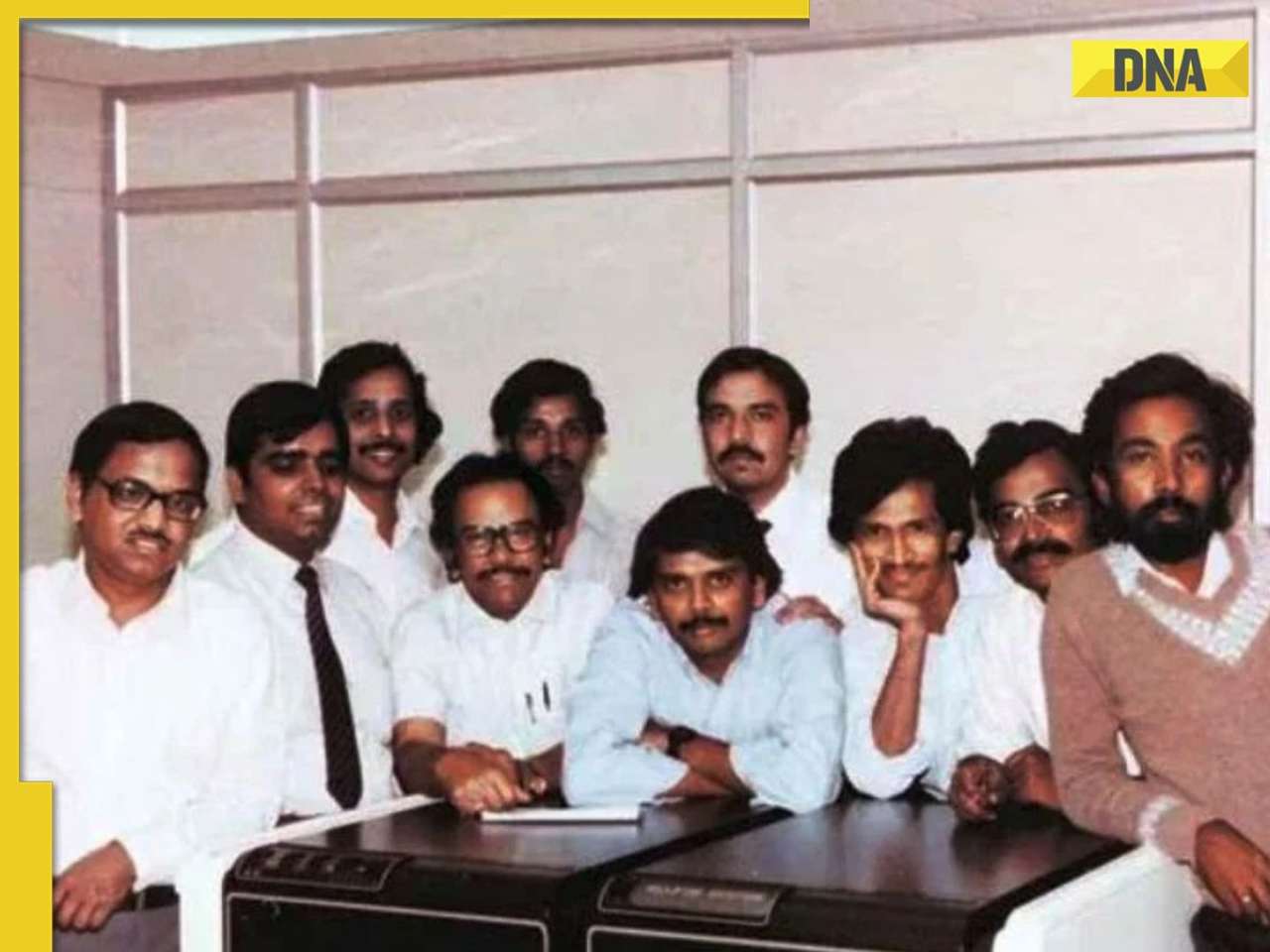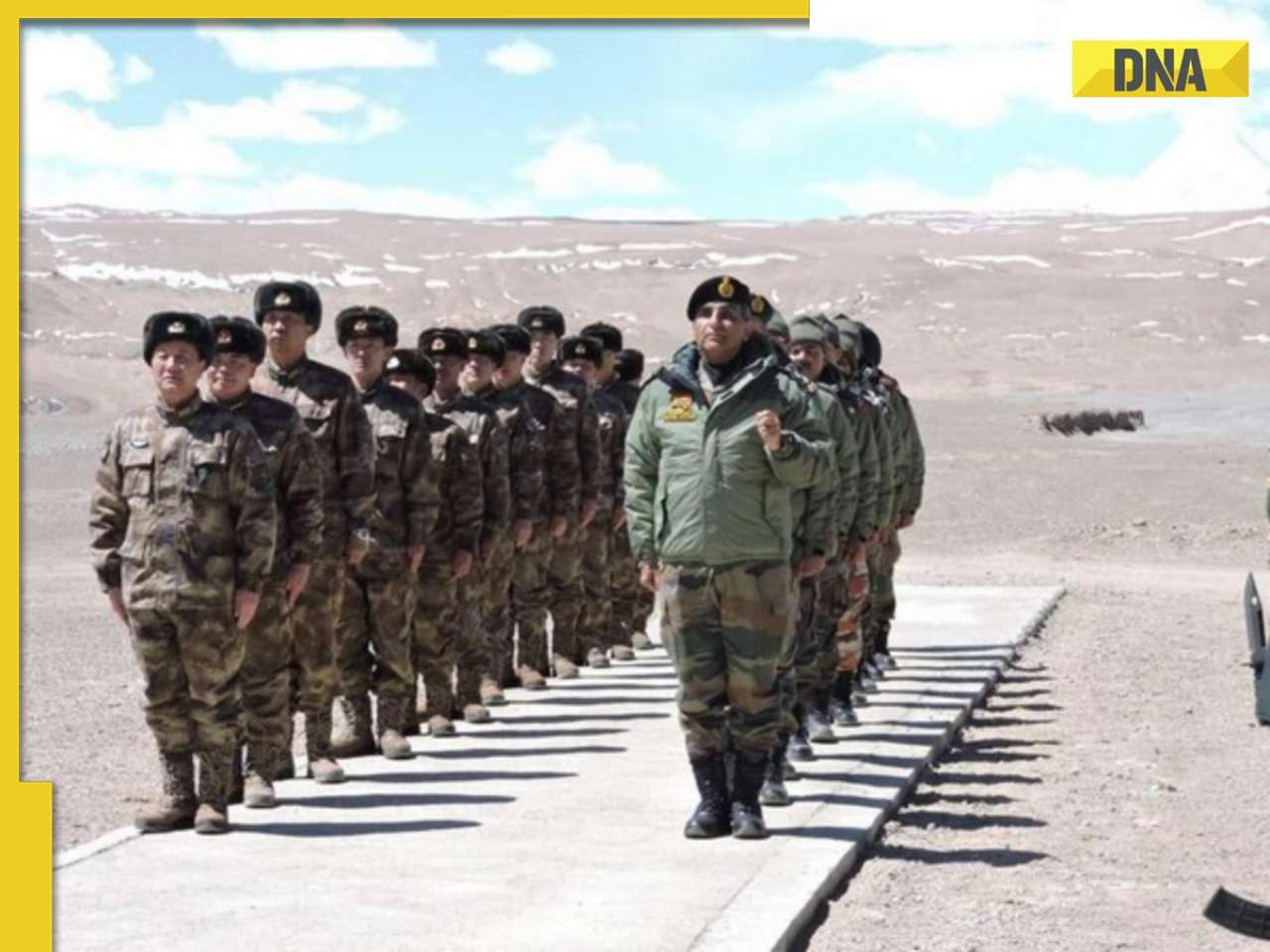- LATEST
- WEBSTORY
- TRENDING
VIRAL
NASA astronaut Sunita Williams reveals why humans become taller in space
NASA astronauts Sunita Williams and Butch Wilmore face unique health challenges during their eight-month mission on the ISS.
TRENDING NOW
NASA astronauts Sunita Williams and Butch Wilmore are currently on an eight-month mission aboard the International Space Station (ISS). Their time in space comes with unique challenges, particularly due to the absence of gravity. One of the significant health concerns is space anemia, a condition where astronauts experience a rapid reduction in red blood cells. This happens because, without gravity, the body accelerates the destruction of these cells, which can lead to various complications.
In a previous interview, Sunita Williams shared some fascinating details about how the human body adapts to the space environment. She explained that astronauts go through several physical changes in space. For example, the calluses on their feet disappear because they don't walk, and their fingernails and hair grow faster than usual. Without gravity, fluid in the body shifts upwards, temporarily smoothing out some facial wrinkles. The lack of pressure on the spine also causes the cartilage between vertebrae to expand, making astronauts slightly taller while they are in space. However, Williams emphasized that these changes reverse once they return to Earth. The spine shrinks back to its normal height, and astronauts may experience backaches as gravity takes its toll again.
Another major concern in space is the loss of bone density and muscle mass. In microgravity, bones lose density much faster than on Earth, and muscles weaken without regular use. To counteract this, astronauts follow strict exercise routines using specialized equipment. They run on treadmills with harnesses to mimic the effects of gravity and lift weights to maintain muscle strength, especially in the hips and legs. They also use exercise bikes to keep up their cardiovascular health.
Radiation exposure is another significant challenge for astronauts. Despite NASA's efforts to reduce the risks, cosmic rays and other forms of radiation can penetrate the spacecraft, exposing astronauts to higher levels of radiation than on Earth. This increases the risk of developing cancer and can also lead to acute radiation sickness.
NASA's Twins Study has provided valuable insights into the effects of space on the human body. This study involved astronauts Scott Kelly, who spent a year on the ISS, and his identical twin Mark Kelly, who remained on Earth. The research revealed that most of Scott’s gene expression levels returned to normal within six months of landing. The study also showed that some of the epigenetic changes Scott experienced were similar to those Mark experienced on Earth.
Additionally, the Twins Study found that the flu vaccine worked just as effectively in space as it does on Earth. Changes in Scott's microbiome diversity were also similar to stress-related changes observed on Earth. This groundbreaking research, supported by numerous scientists and universities, continues to inform NASA's strategies for keeping astronauts healthy during space missions.
As Sunita Williams and Butch Wilmore continue their mission, the information gathered from these studies will be crucial for understanding the impact of space travel on the human body. This knowledge will help NASA develop better strategies to protect the health of future astronauts on longer missions.
The DNA app is now available for download on the Google Play Store. Please download the app and share your feedback with us.





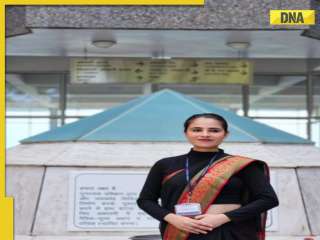

)






